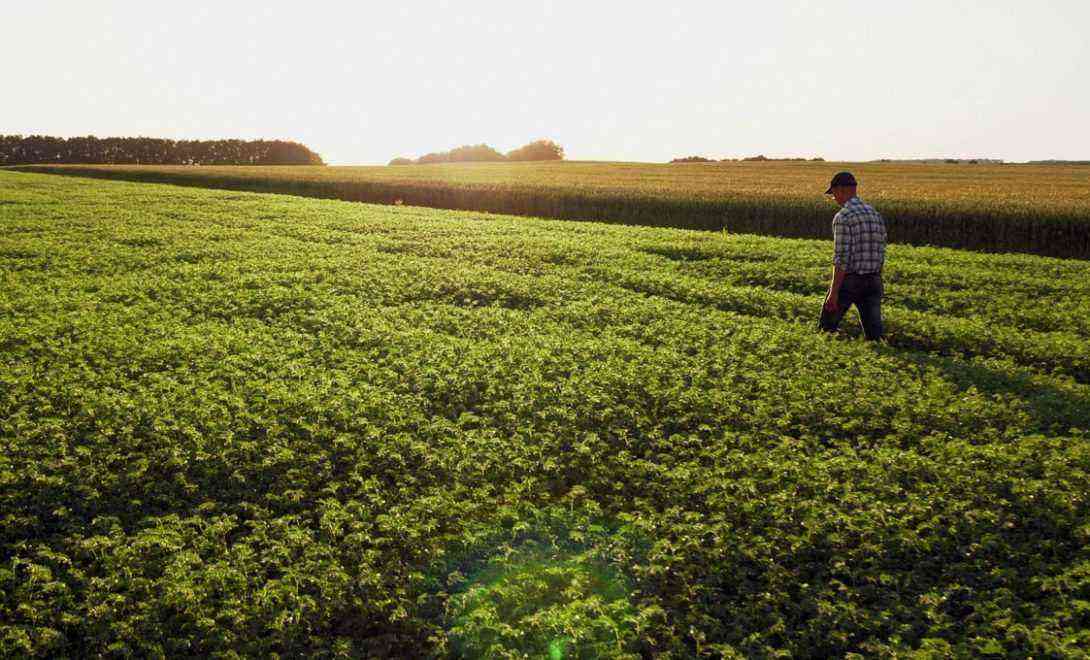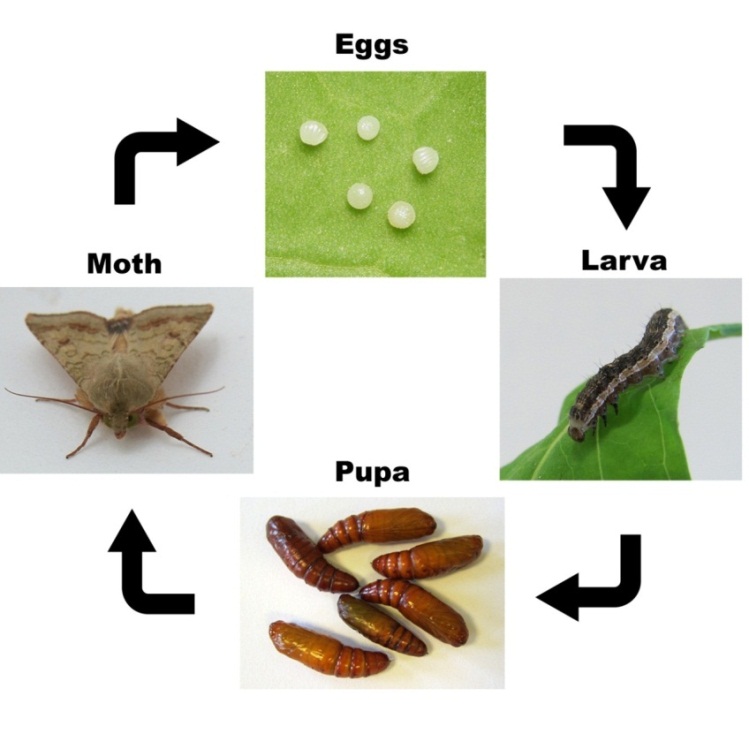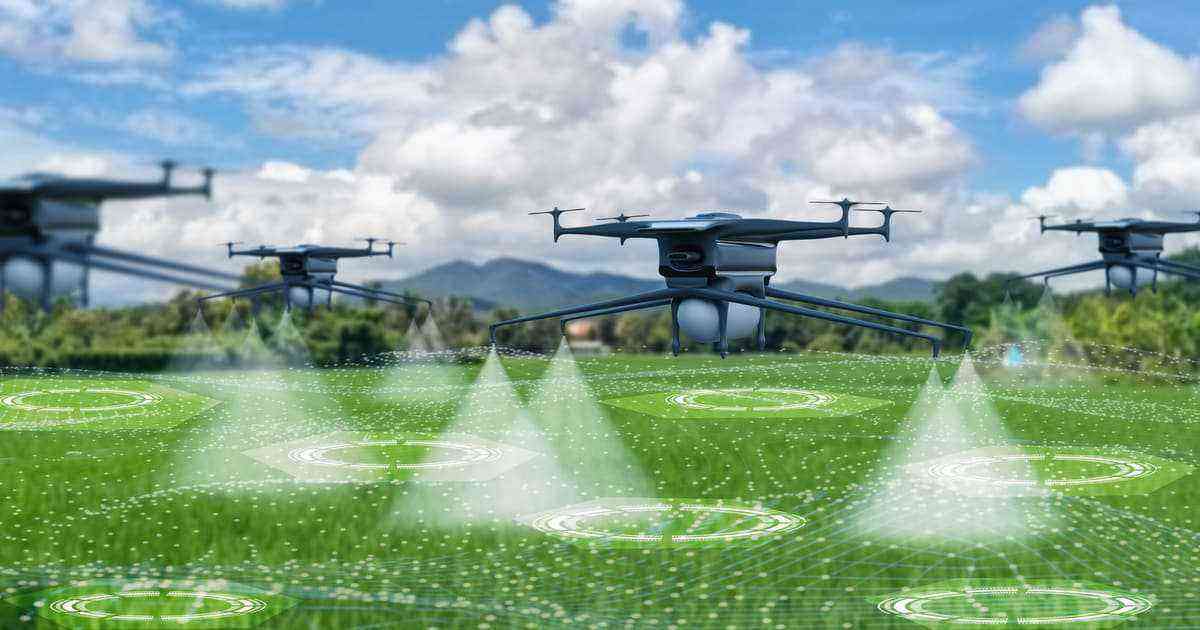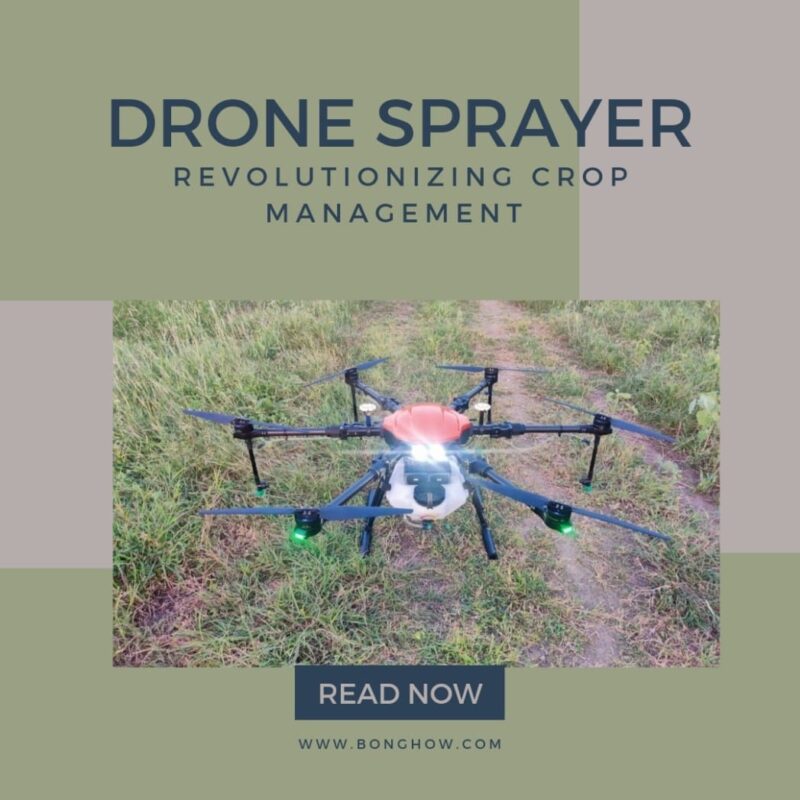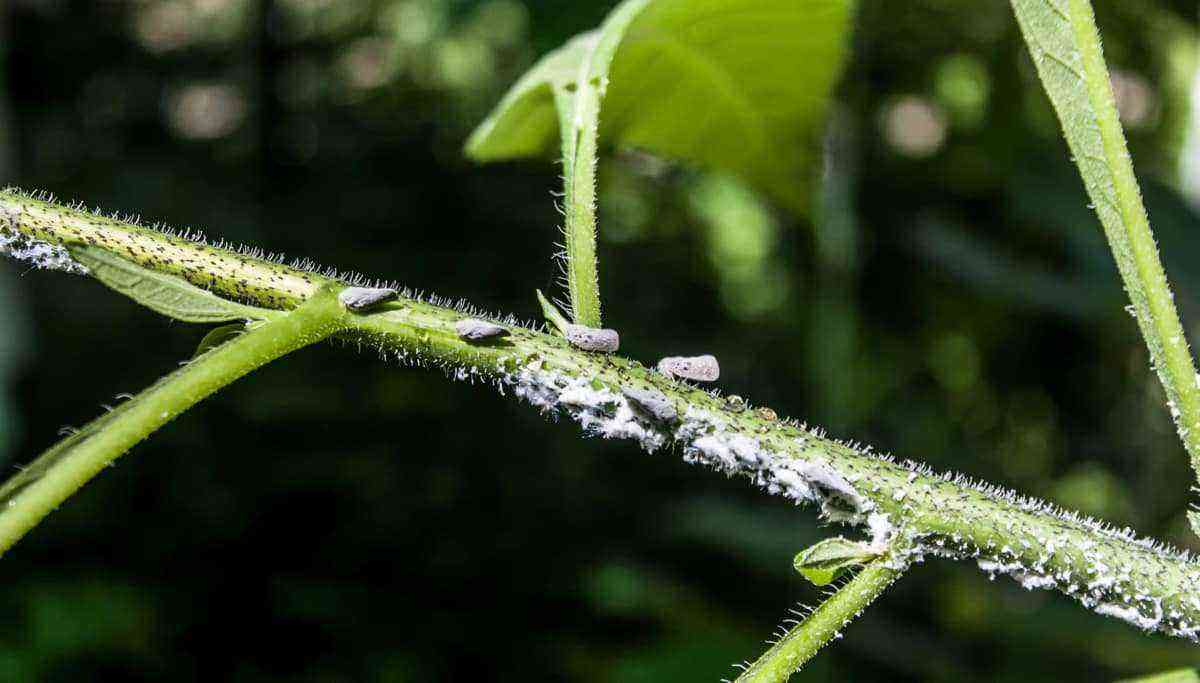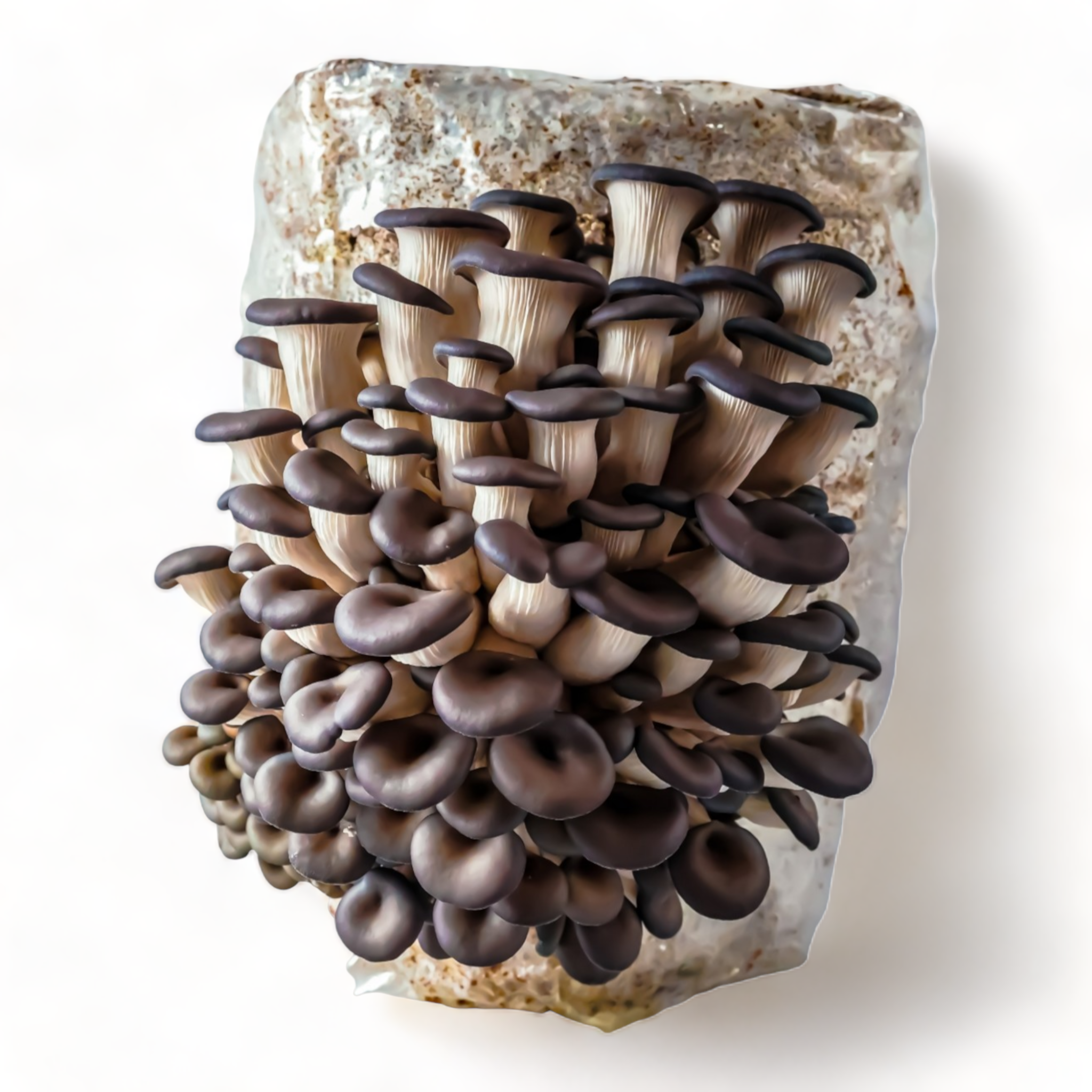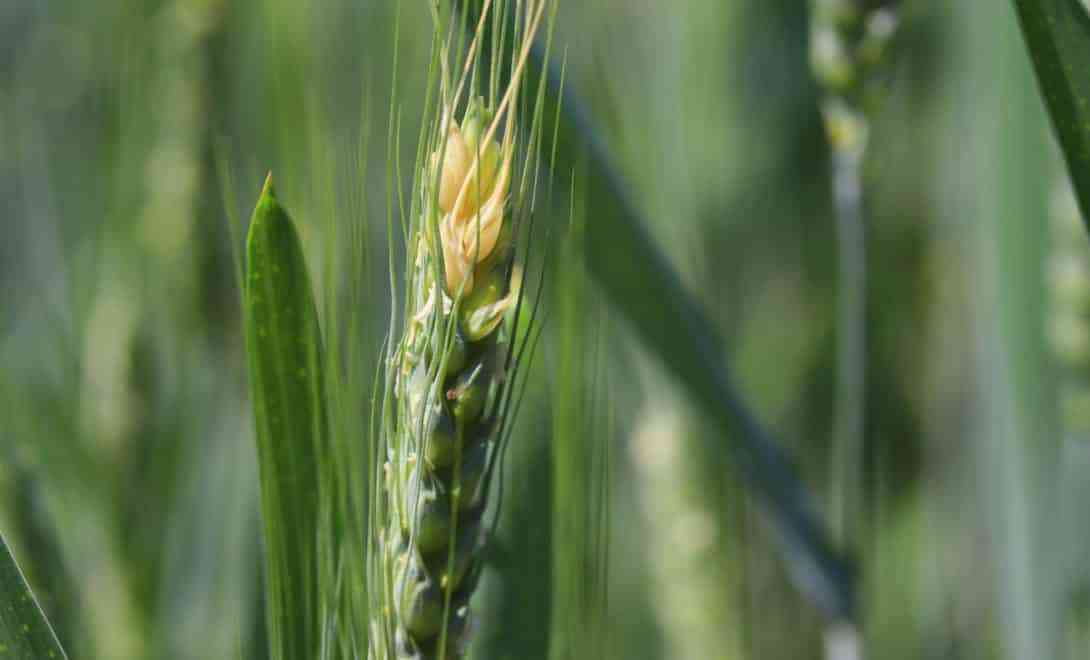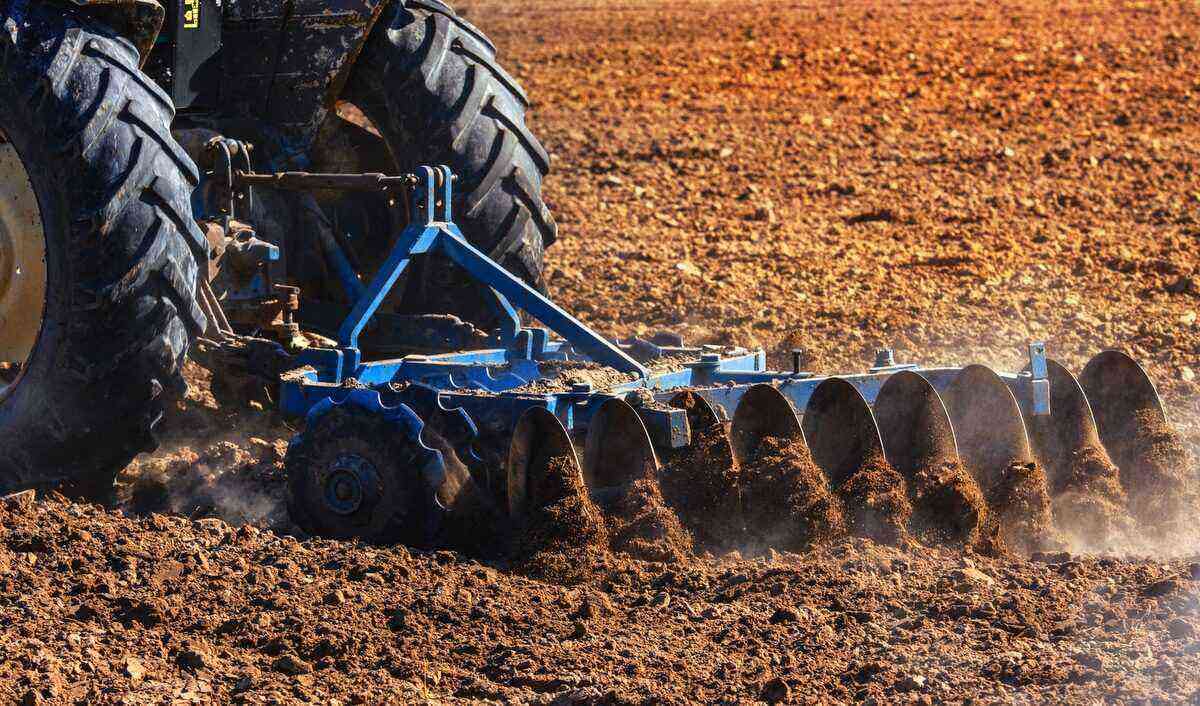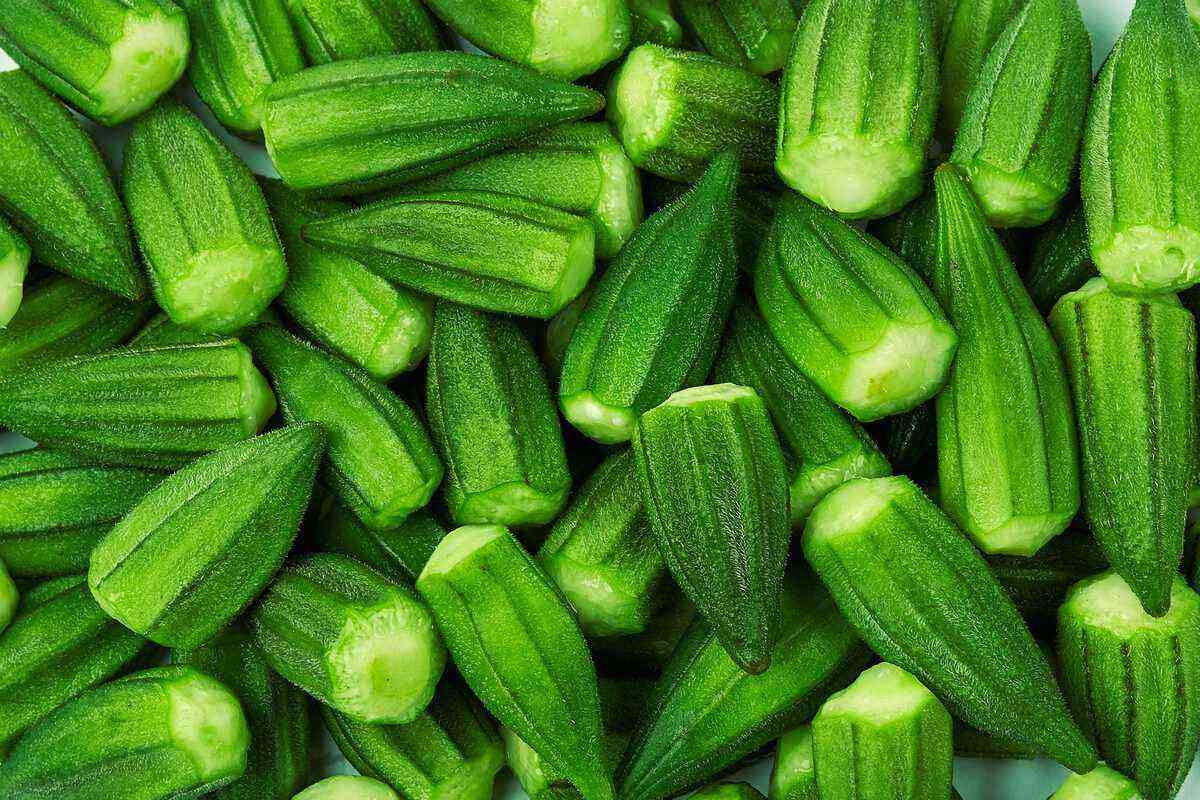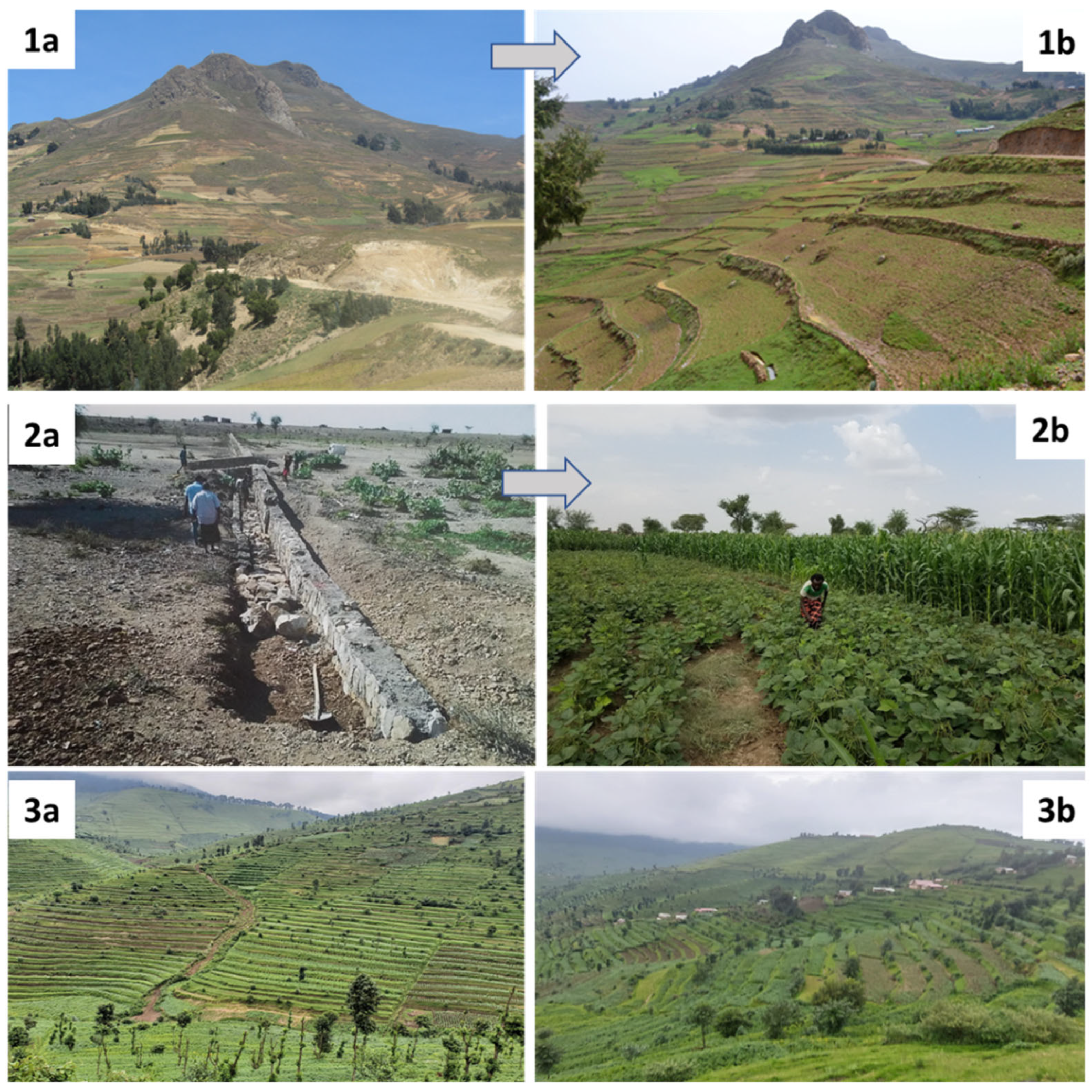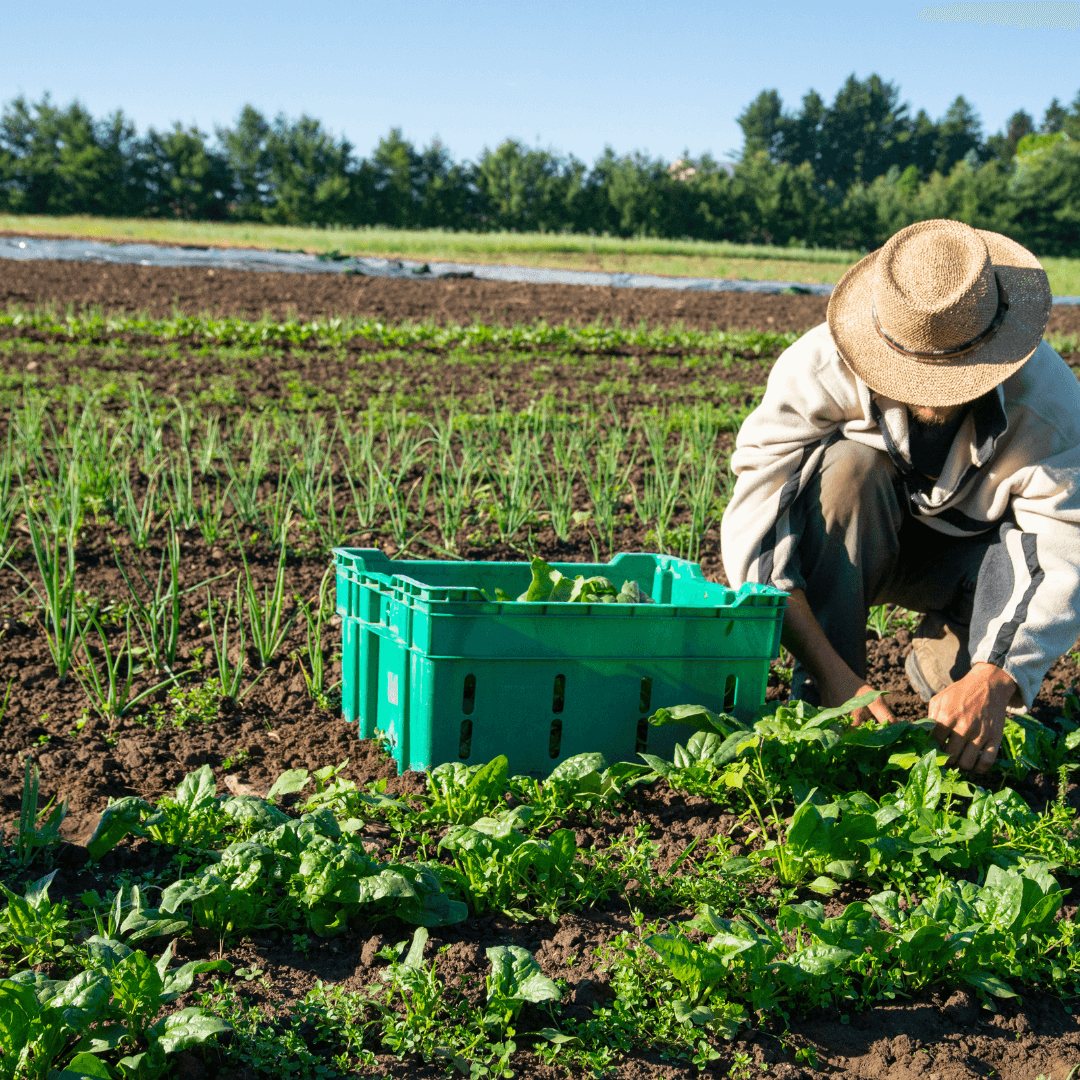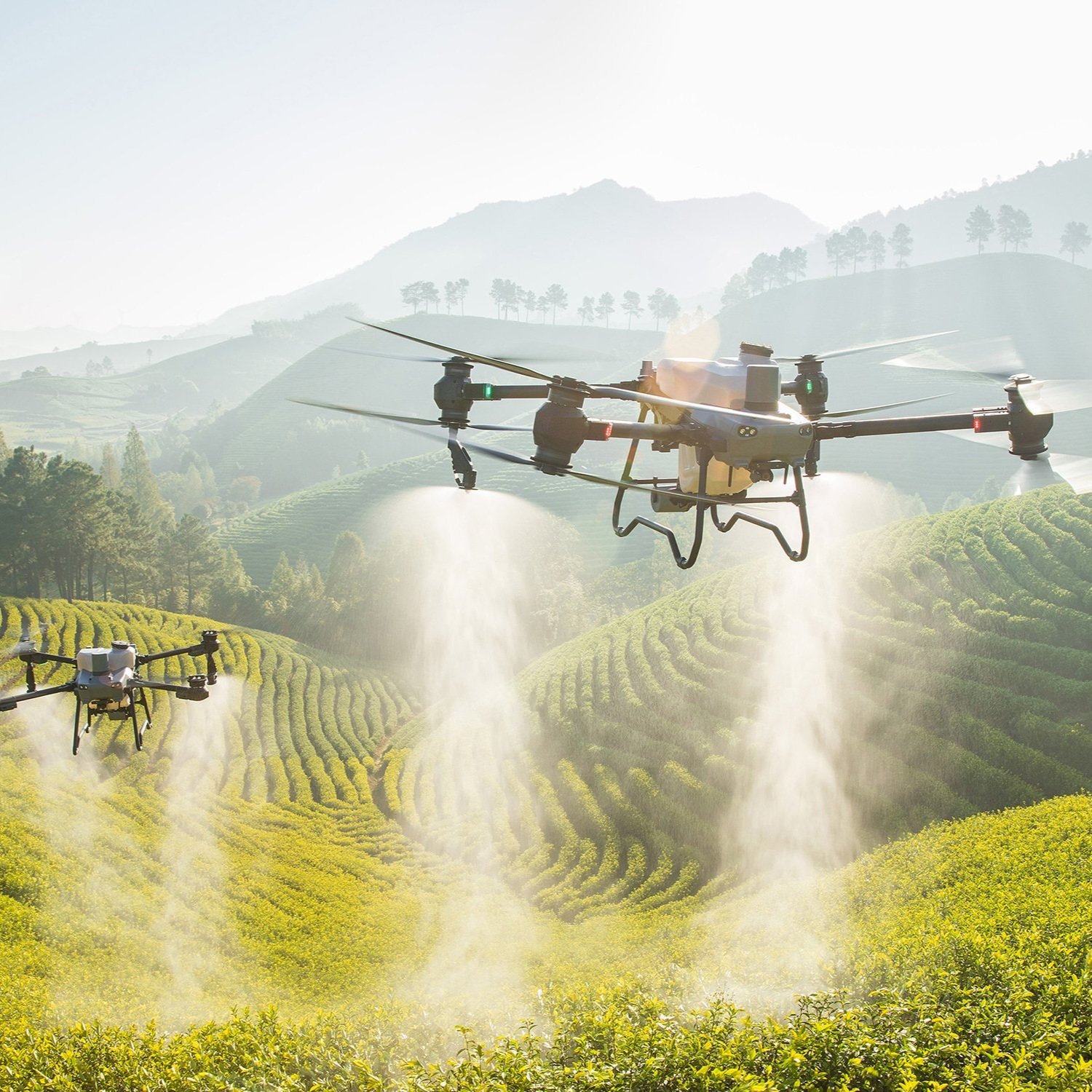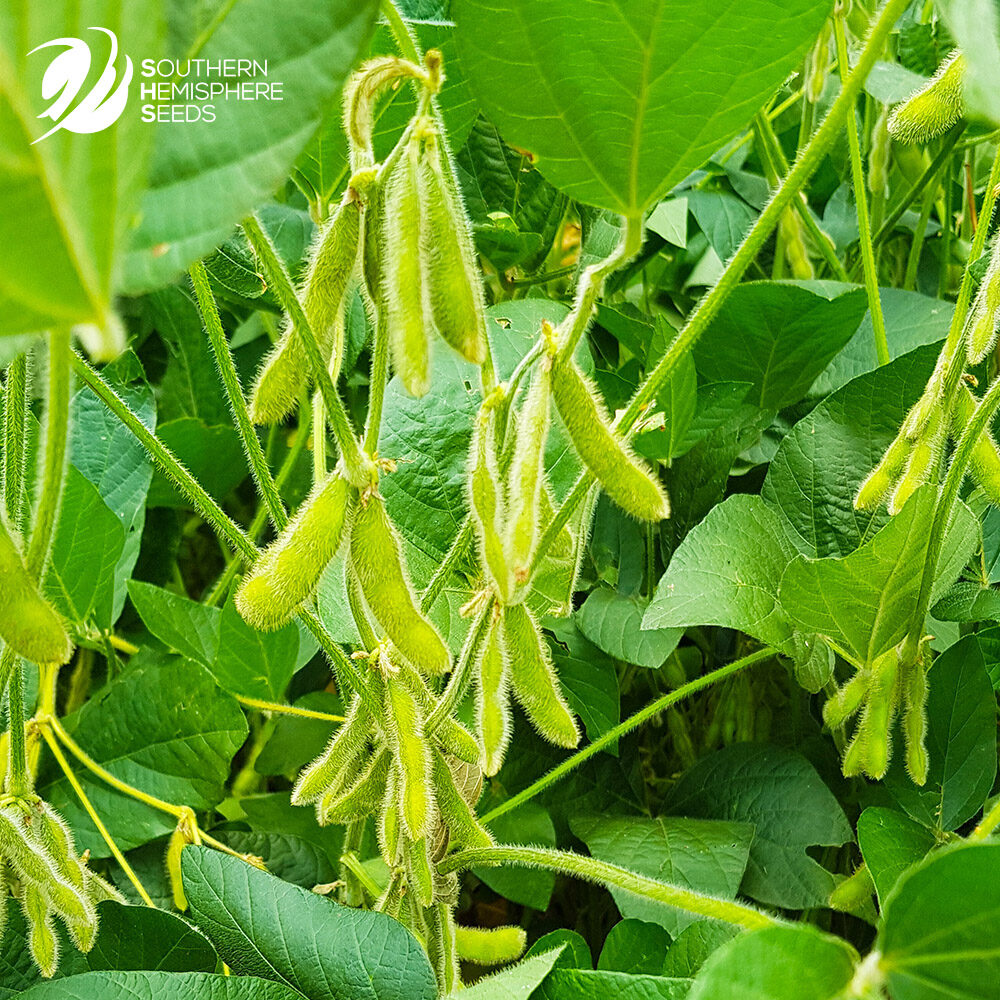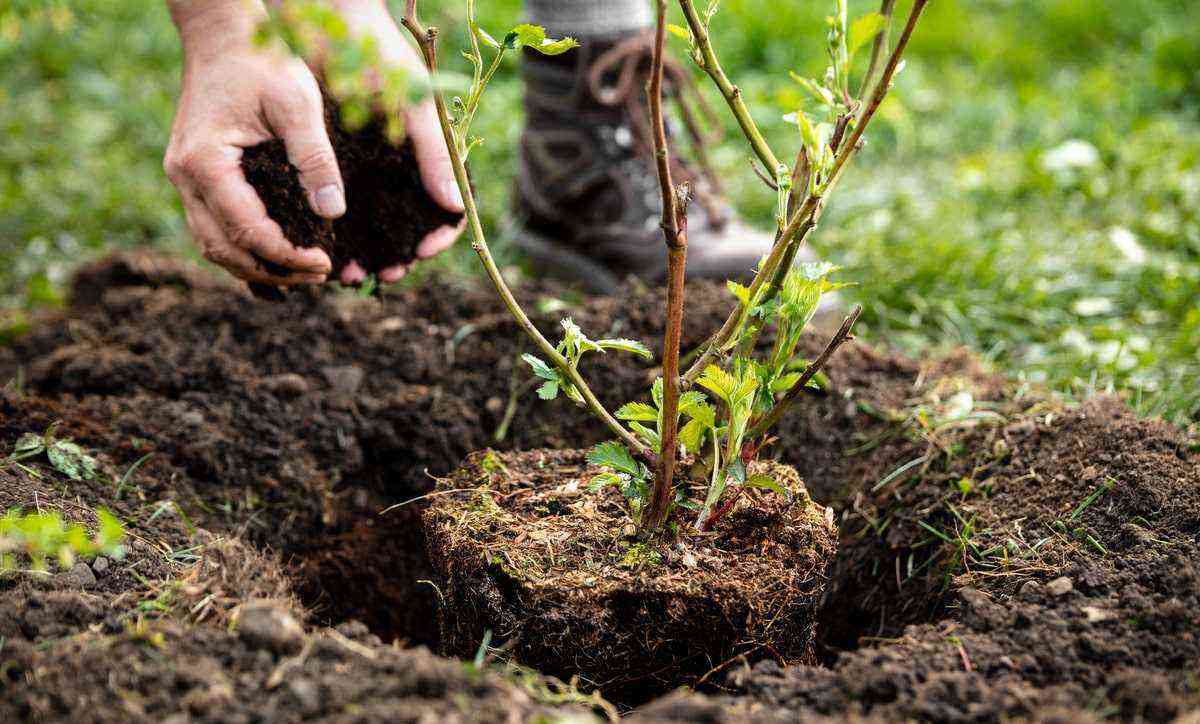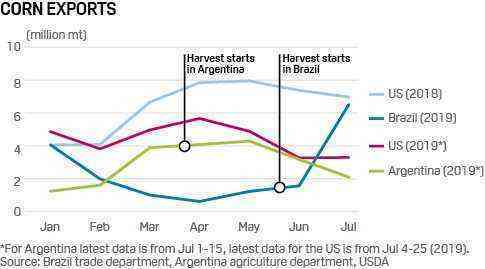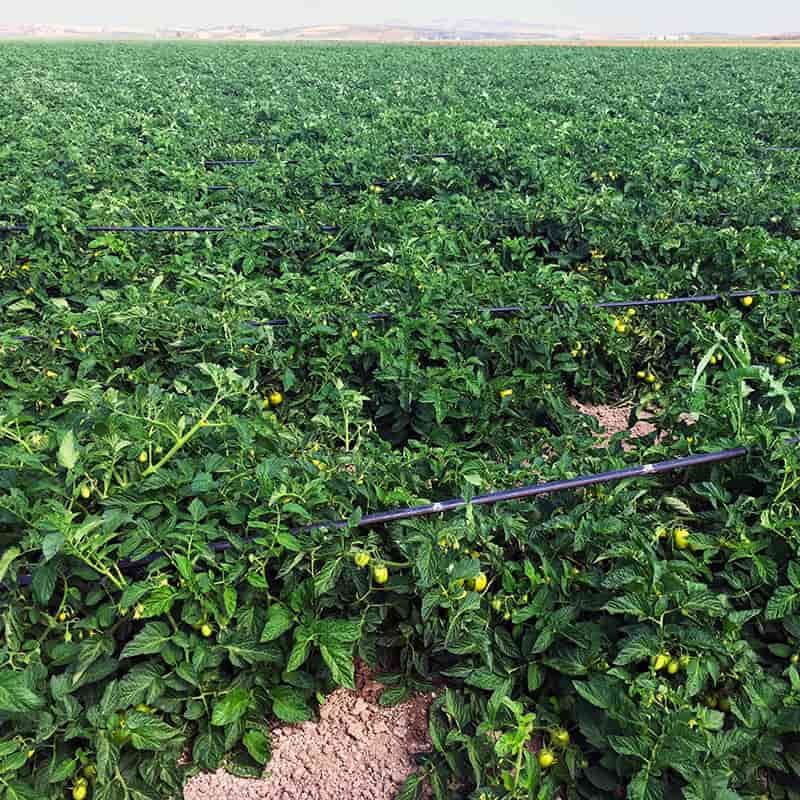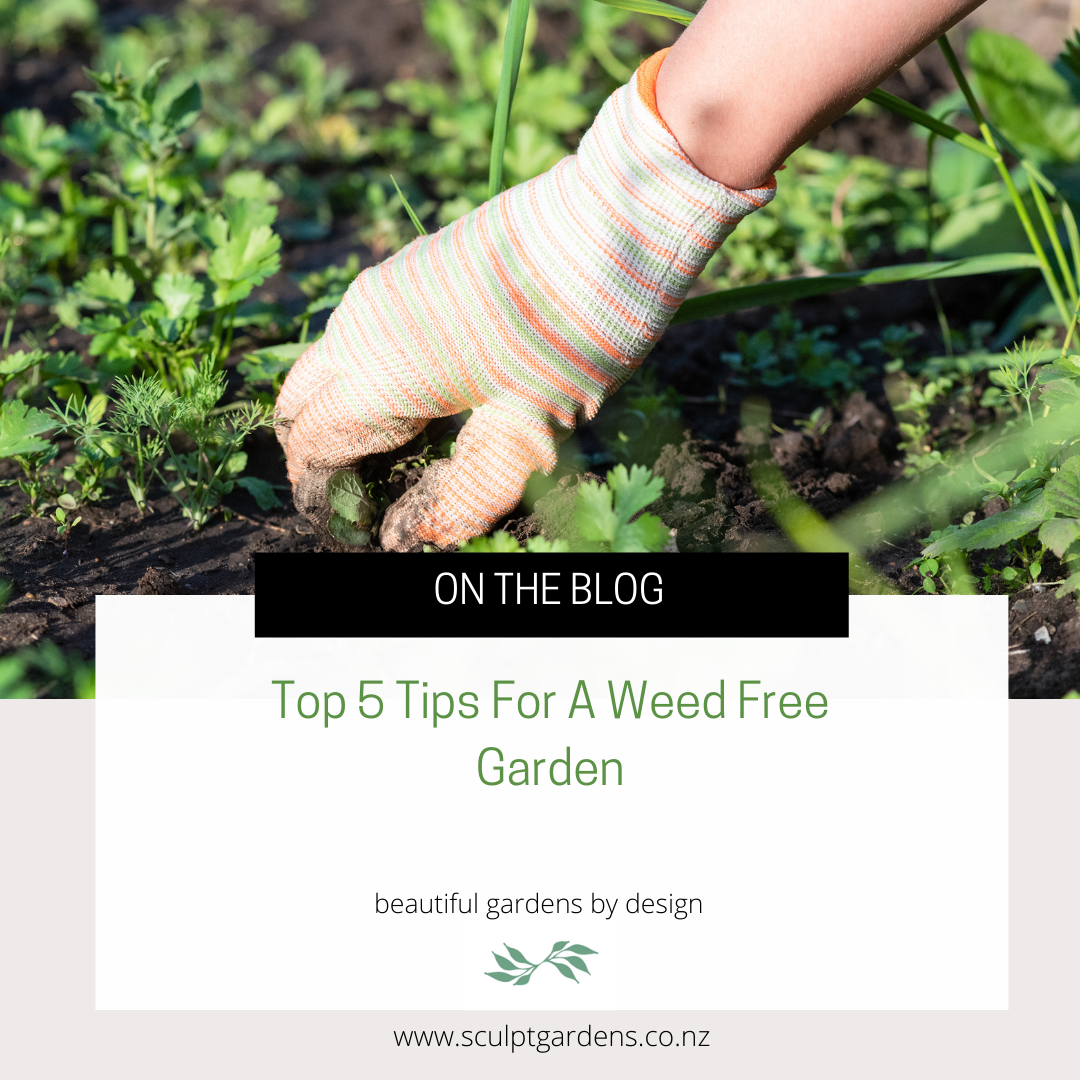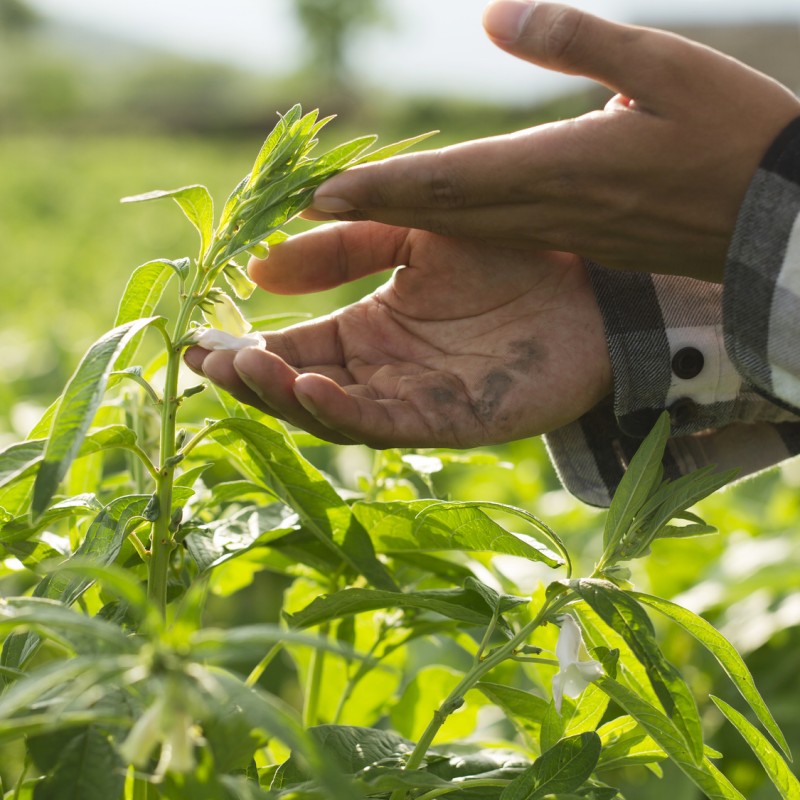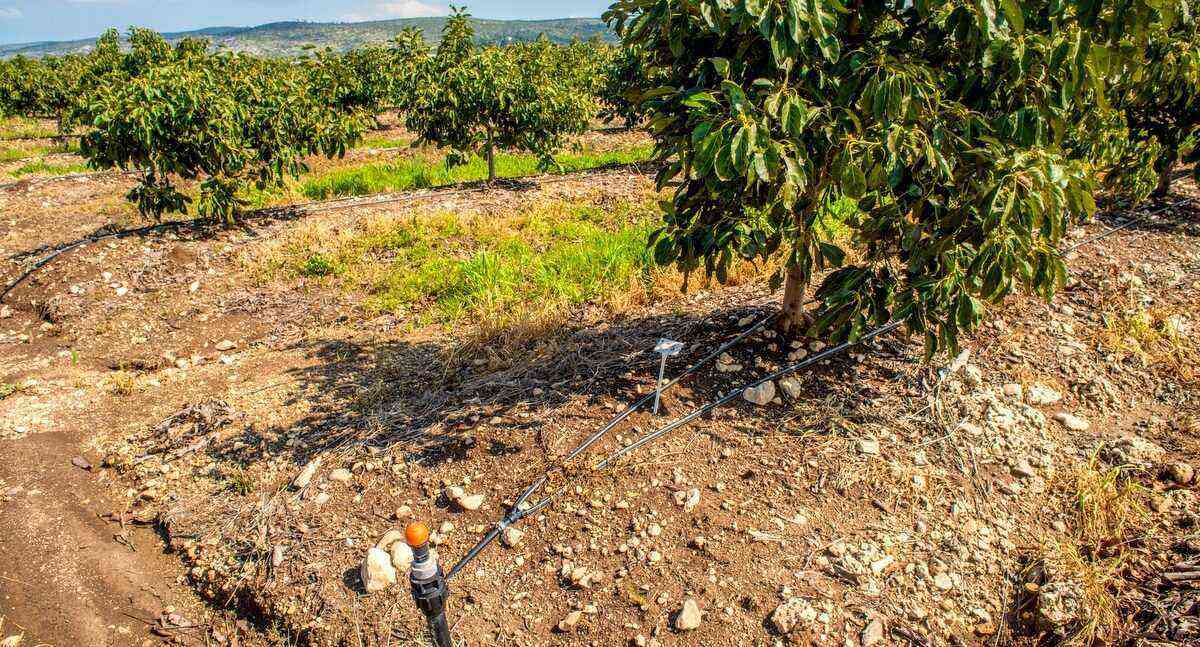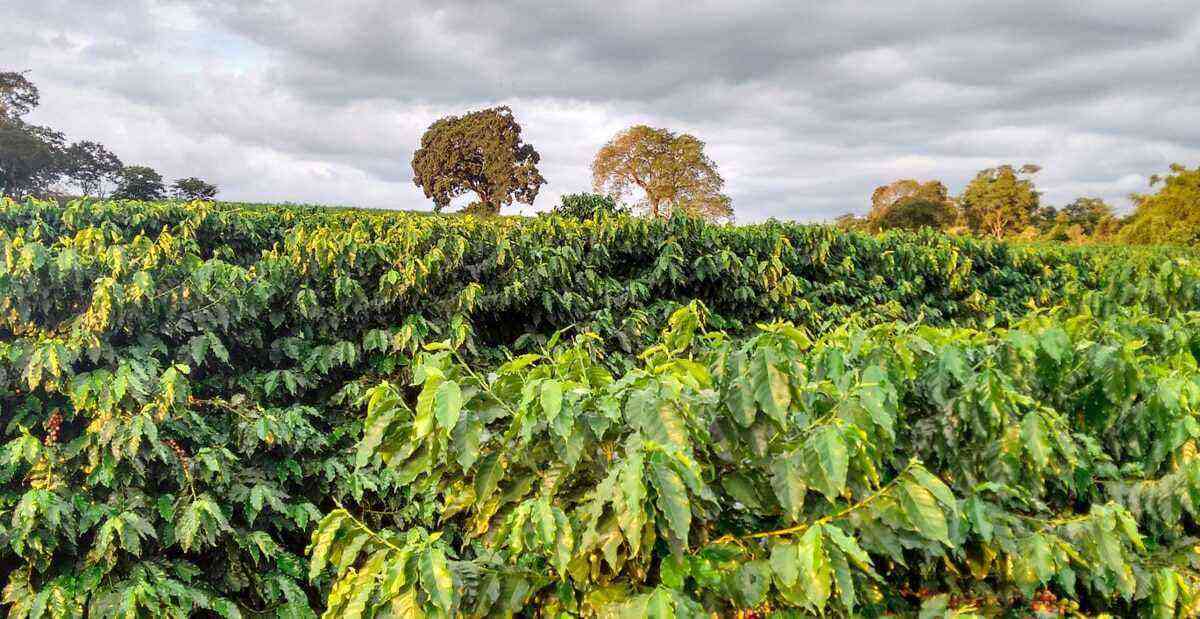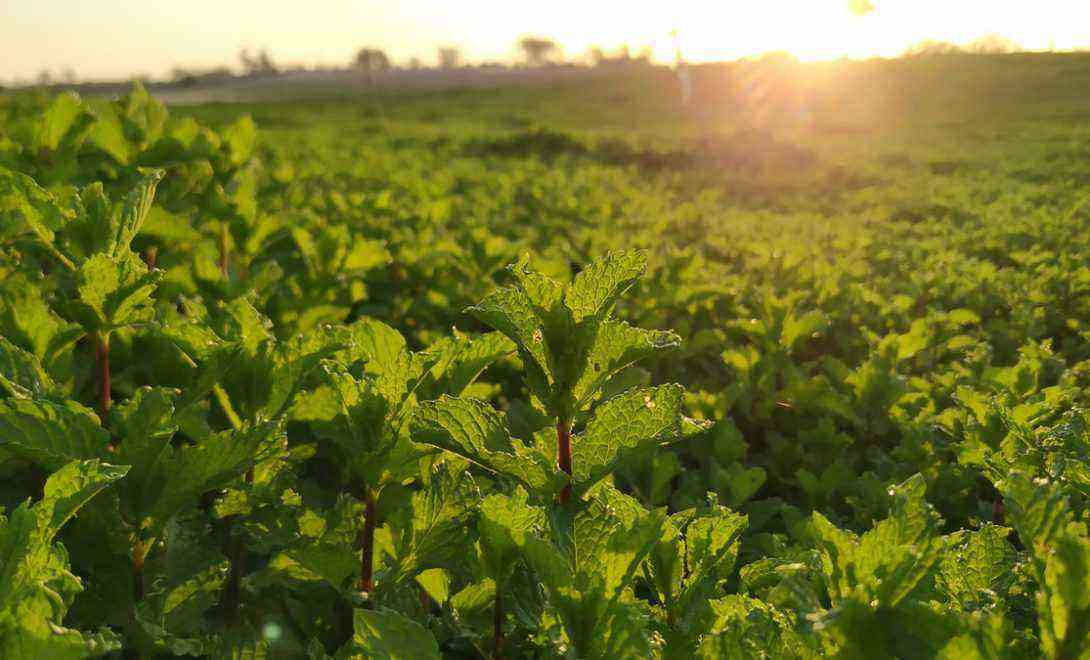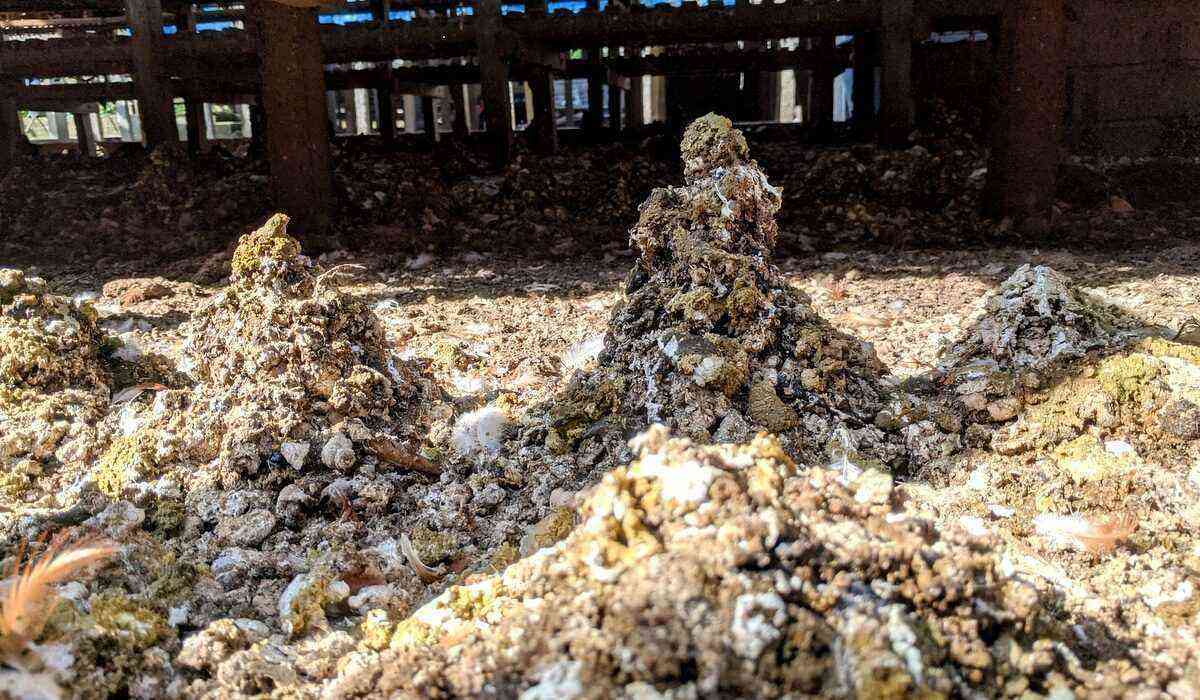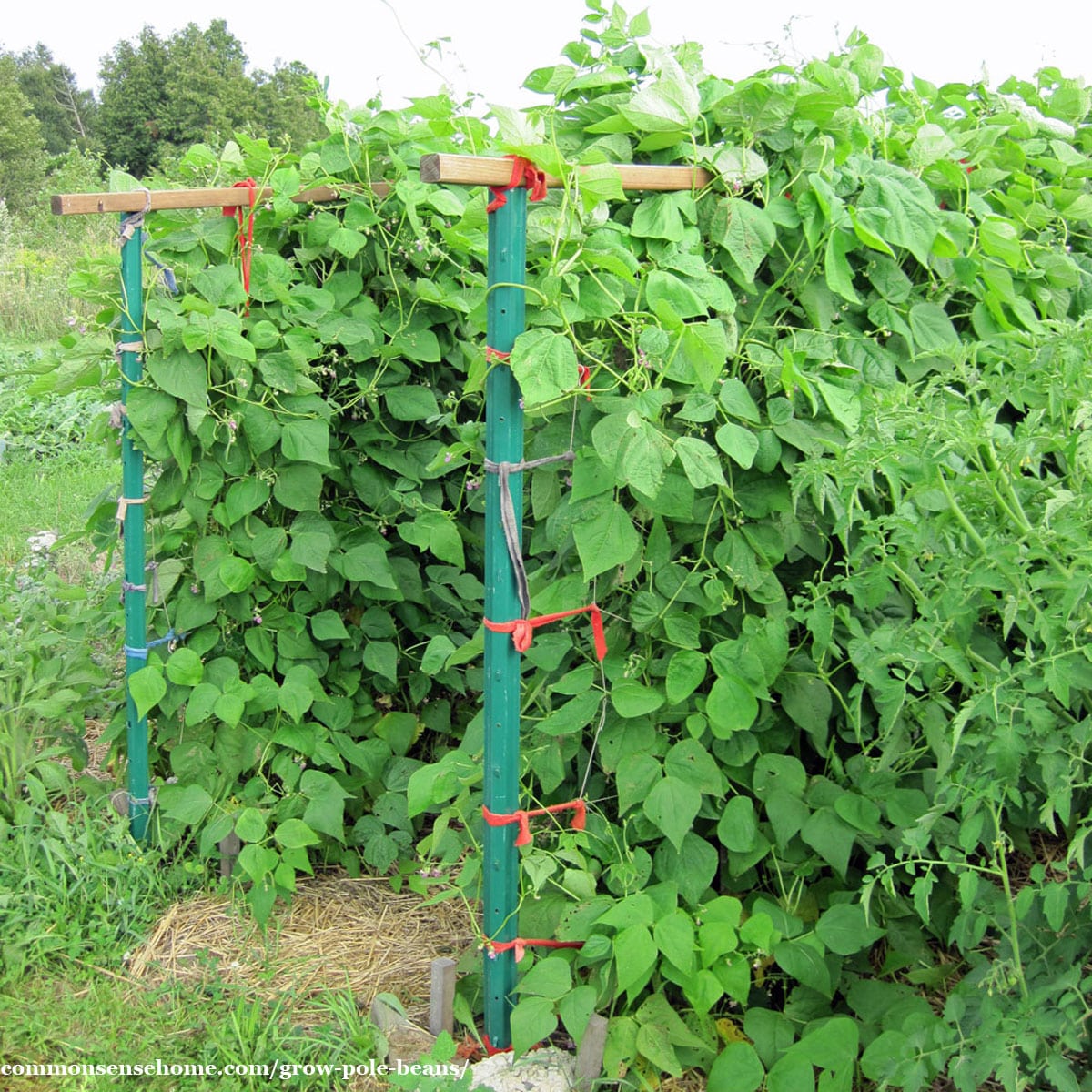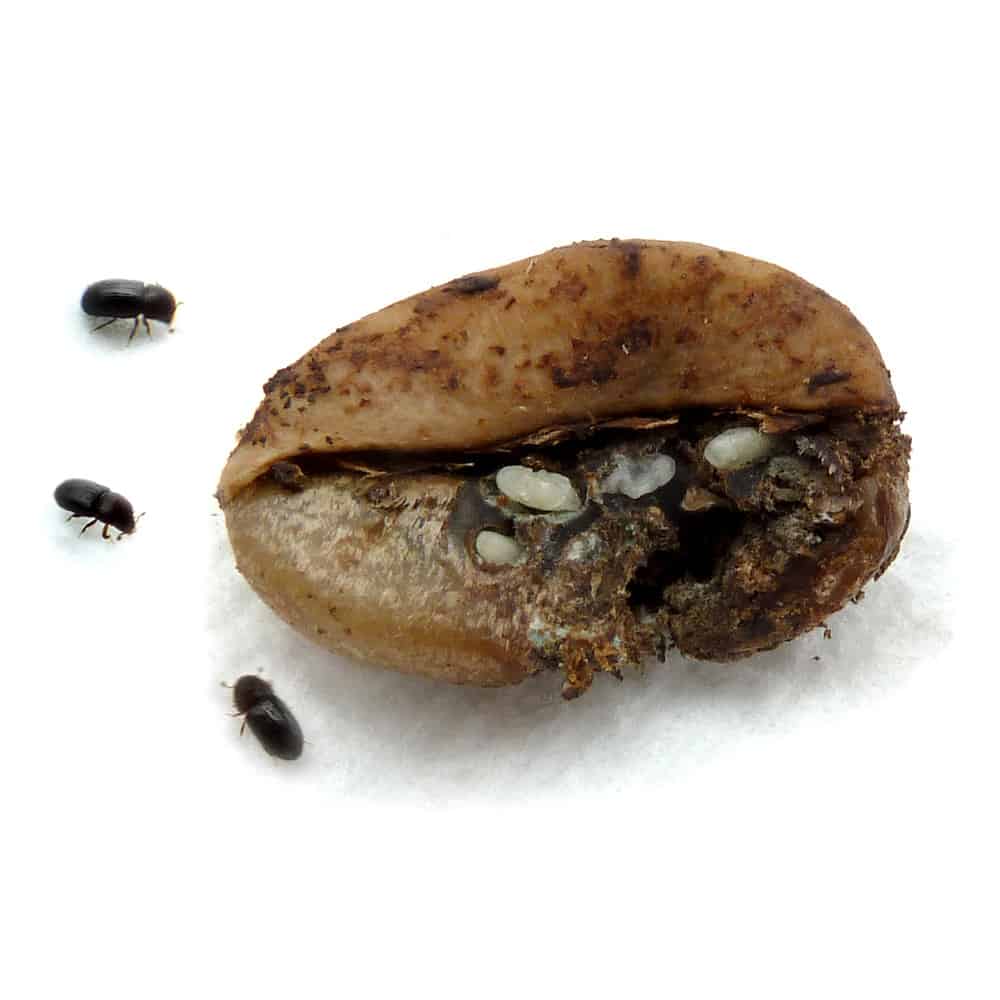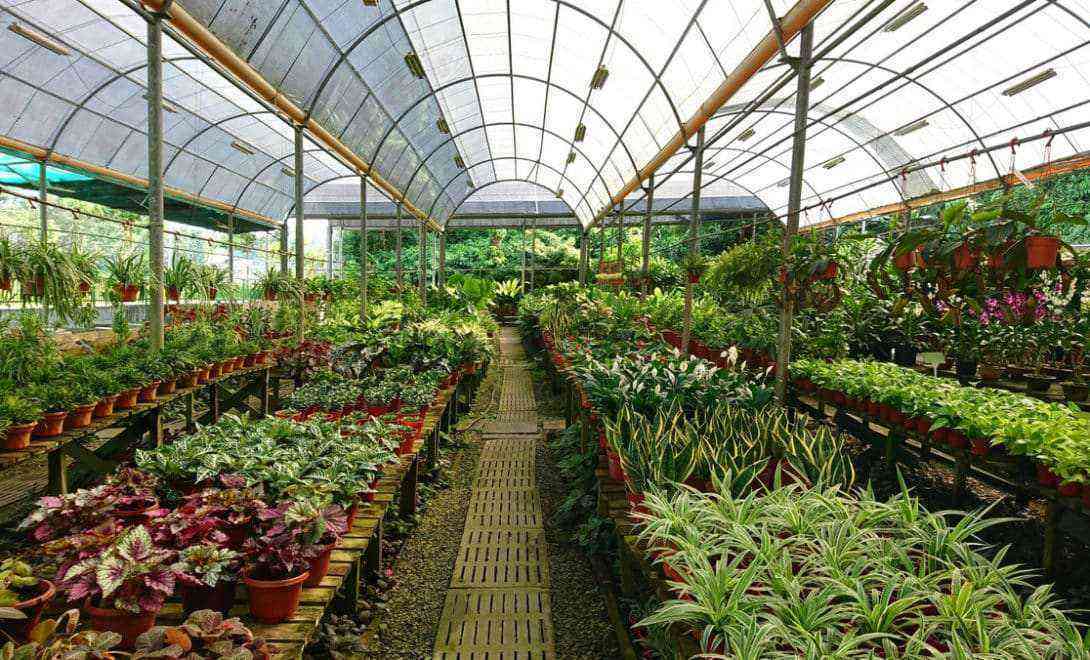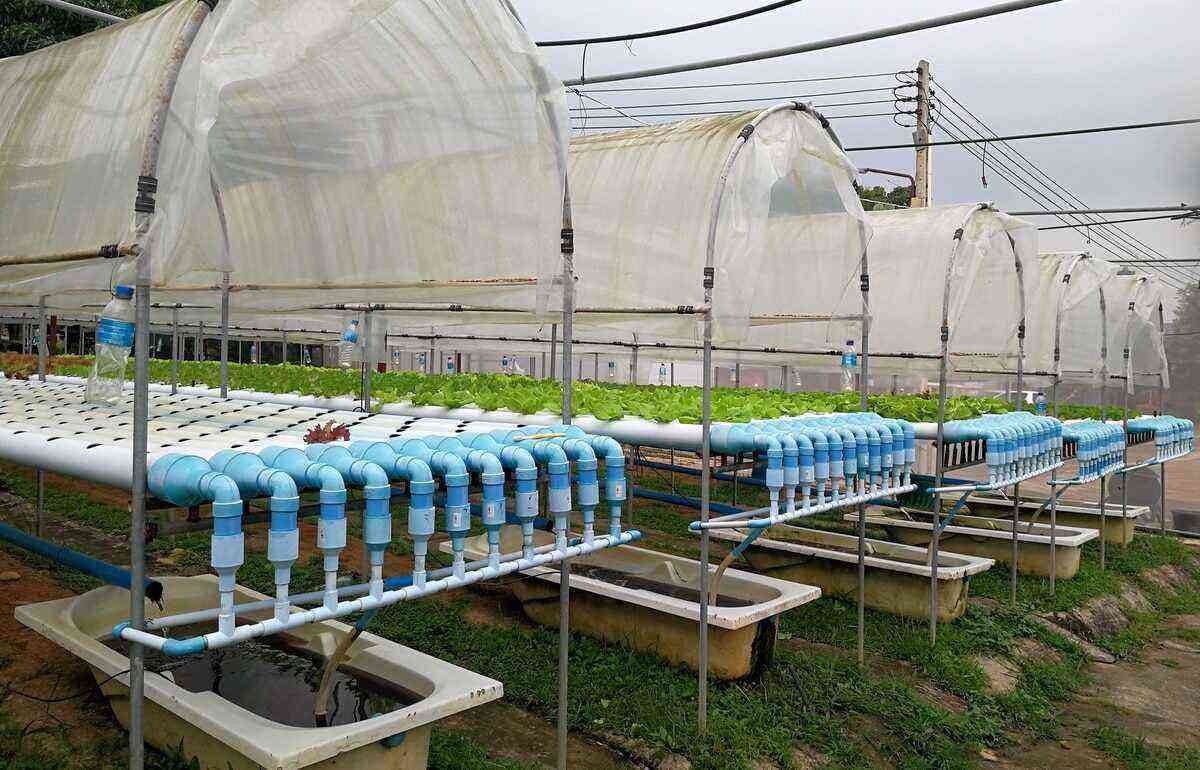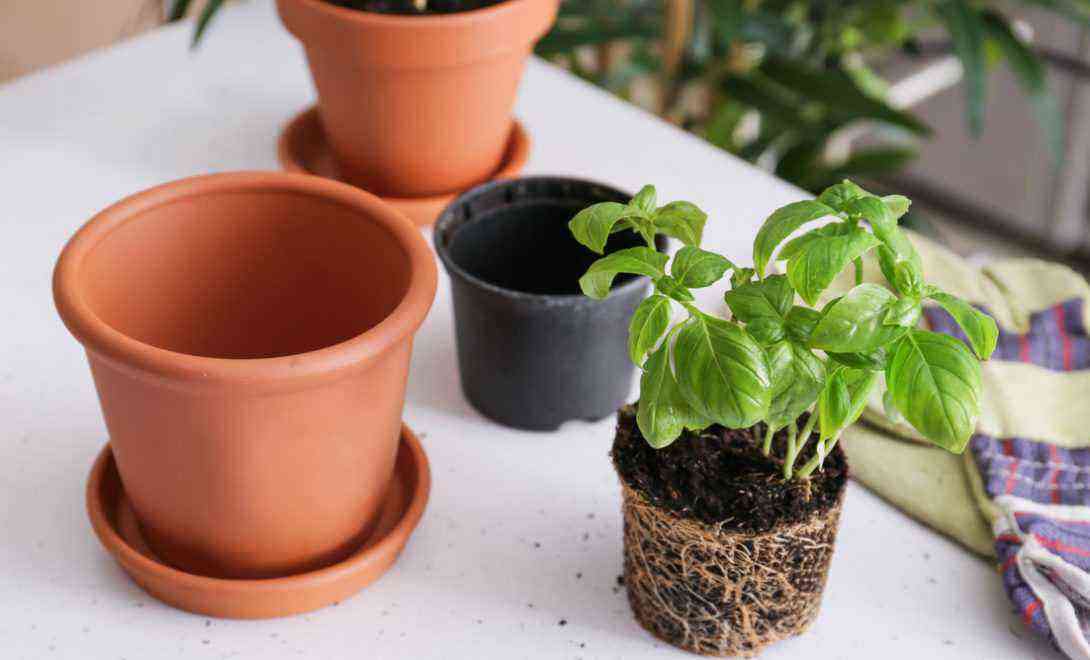The heavy rains recorded recently in Minas Gerais, São Paulo and Rio de Janeiro show how climate change is already having major impacts. The volume of rainfall in this period was a record, responsible for damage in several cities (including inland ones), as well as in the routine of their populations.
Much has been said about the damage caused to public roads, for example, but do you know how the climate influences agriculture? In the end, this is an activity that depends directly on the weather conditions, mainly the amount of rainfall and the local temperature.
To better understand this relationship between climate and agriculture, keep reading this post!
flowering reduction
Many do not know this, but flowers play an essential role in plant maintenance: they are responsible for plant reproduction. Through pollination carried out by bees and other insects, plant gametes meet and generate seeds.
Without flowers, therefore, it would be impossible to have any agricultural activity. And the climate, in turn, directly influences this flowering (or flowering). Plants generally need a lower temperature for this process, and when it rises, it has a negative impact on the germination of new seeds.

The climate has a big impact on the flowering of plants. In the photo jabuticabeira flowers
development stoppage
There are plants that have their growth favored in the heat, others, in the cold. In both cases, however, when there is some climate change in the natural habitat, its development is compromised.
Succulents, for example, are natural plants from desert environments, which are drier and hotter. If there is an excess of rain, the tendency is for them to rot and die. A similar effect is felt by plantations that need more water: the drought ends up harming its production. She is often the enemy of great crops.
All these situations have a direct impact on consumers’ pockets, raising the price of vegetables, vegetables and even meat.
Impacts to the cultivation area
Climate change caused by fires and deforestation can directly impact the relief of the region. Areas that experience a rise in temperature and long periods of drought, for example, tend to witness the drying up of rivers, as well as the death of springs. This completely changes the region’s resources and the area available for agriculture and livestock.
A big problem in certain areas of cultivation are lower or colder areas, where the temperature usually drops a lot causing the so-called frost, which has the effect of burning the leaves of the plants by excessive cold. Before starting the cultivation, one must know the region and the incidence of these problems and if the culture is sensitive, planting is not recommended.
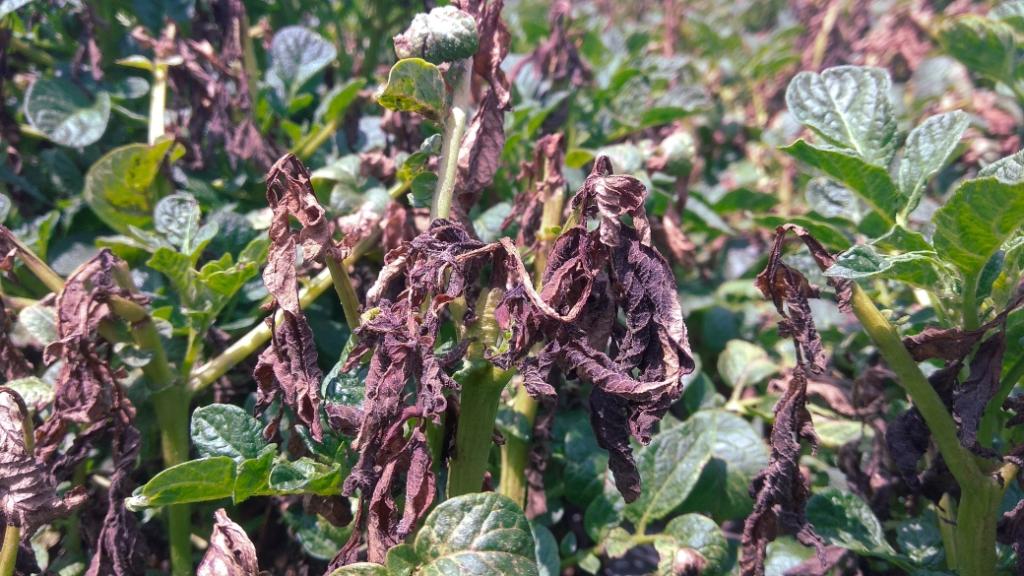
Potato plantation with leaves scorched by the effect of frost
A alteration of this climatic profile, therefore, often reduces the productive capacity of the soil and farmer demand for greater investment in products to try to reverse unproductivity. Therefore, it is essential to cultivate plants suitable for the environment and adopt sustainable actions for the healthy development of your agriculture.
Early plant death
With an inadequate climate and without fertile soil to grow, the plants end up dying prematurely. After all, they need a certain amount of heat, nutrients and water — and all these factors are modified when the climate changes, directly interfering with the health, the existence, of these vegetables.
One way to try to reduce this negative action of time is to use the no-till technique. With it, it is not necessary to prepare the soil by plowing, just leave it covered with plant residues, such as straw. This helps to prevent the temperature rising at the earth’s surface.
Anyway, now you know how or climate influences agriculture and, consequently, our lives! To minimize losses due to climate change, in short, it is essential to know a lot about your region and the types of plants that are ideal for it. In addition, you can search for agricultural products and solutions developed with the right technology for agribusiness!
If you enjoyed this reading and want to know more about it, take the opportunity to also check out what agriculture 4.0 is and how it can boost your production!
